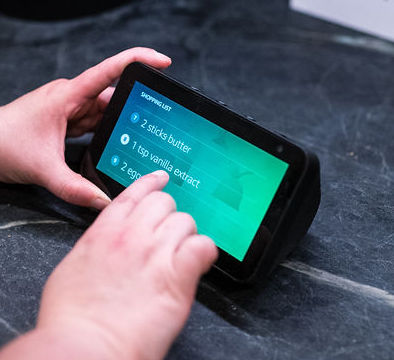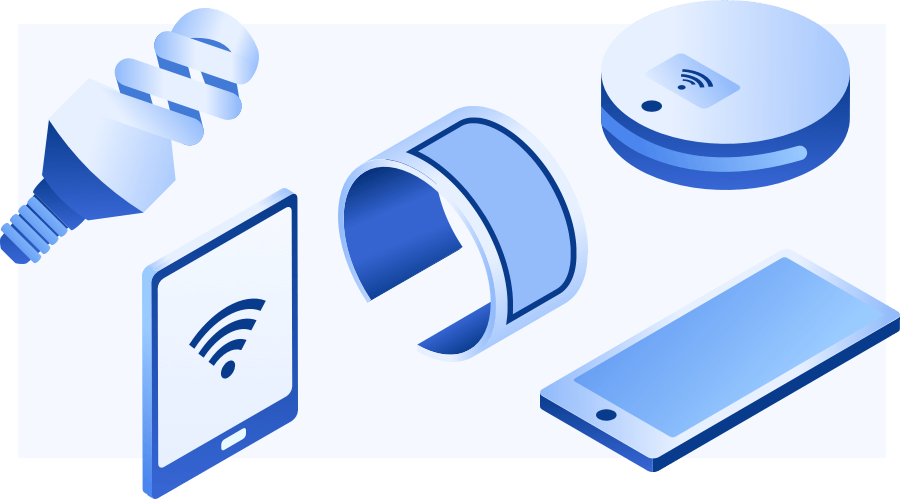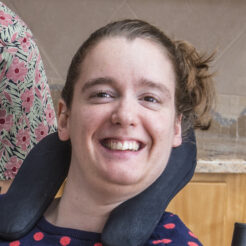
Tamara
Tamara lives in her own apartment. She is working on improving her reading skills as well as increasing her overall independence. After an assistive technology assessment from an Assistive Technology Professional (ATP), she learned that smart home technology could help.
Tamara’s Goals
- Improve reading skills, specifically so she can read books to her kids
- Increase independence by accessing the bus schedule and managing her schedule
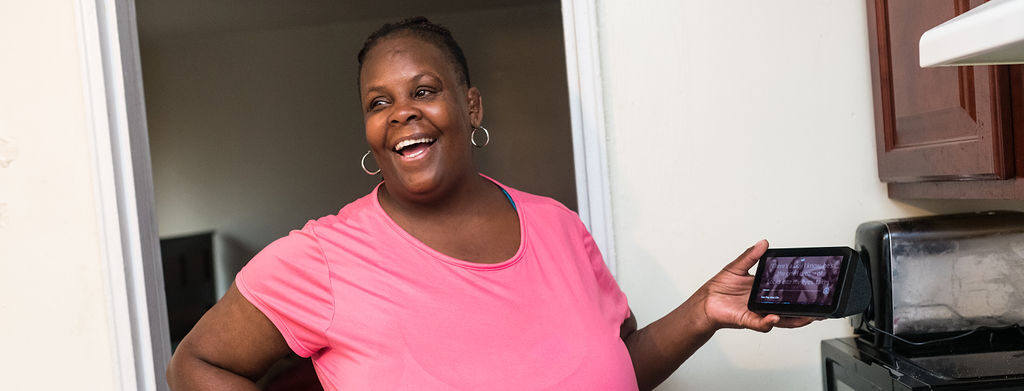
Tamara received:
- A tablet (iPad)
- A smart display (Amazon Echo Show)
Tamara had a smartphone already.
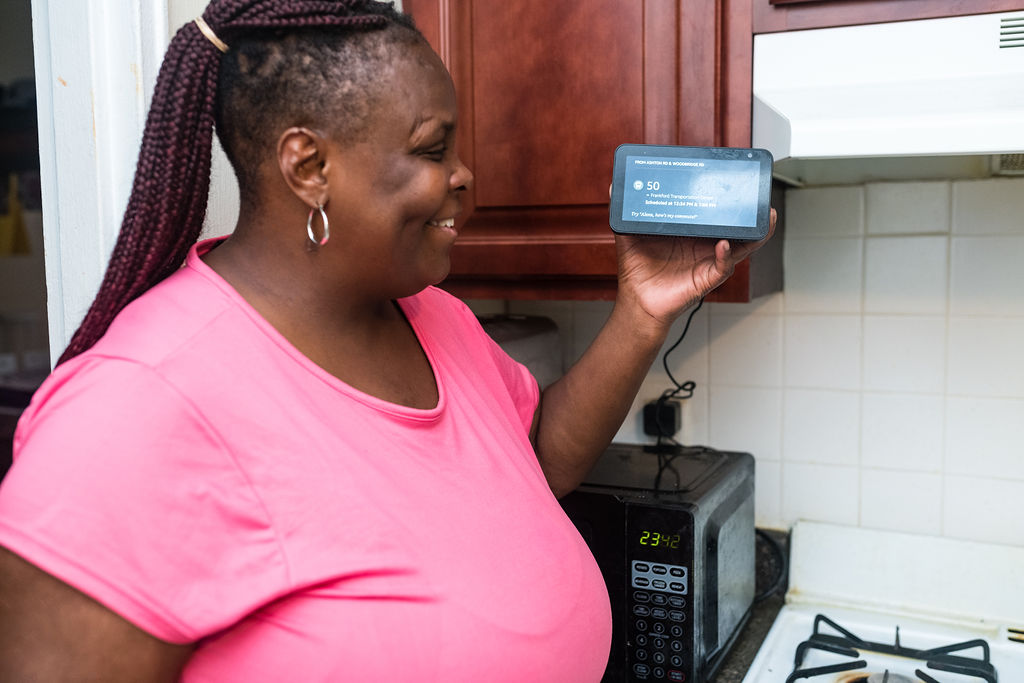
Tamara uses the bus to get to work and to visit family and friends. Before she had her smart display, she memorized the bus schedule as best she could. But if she missed the bus or the schedule changed, she was stuck waiting around not knowing when the next one would show up. Now, with her smart display, she just asks her voice assistant, Alexa!
“Alexa on Echo tells me the SEPTA bus schedule, and sets alarms,” said Tamara.
The display reads the upcoming schedule out loud, and also shows it on the screen so Tamara can practice reading along. This makes life easier for Tamara – she can plan her day and knows if there are delays in her transportation.
Tamara also uses her smart display to set a wake-up alarm for the morning and reminders of upcoming tasks and activities. And, she uses it to play her favorite music while she’s cooking and getting ready in the morning.
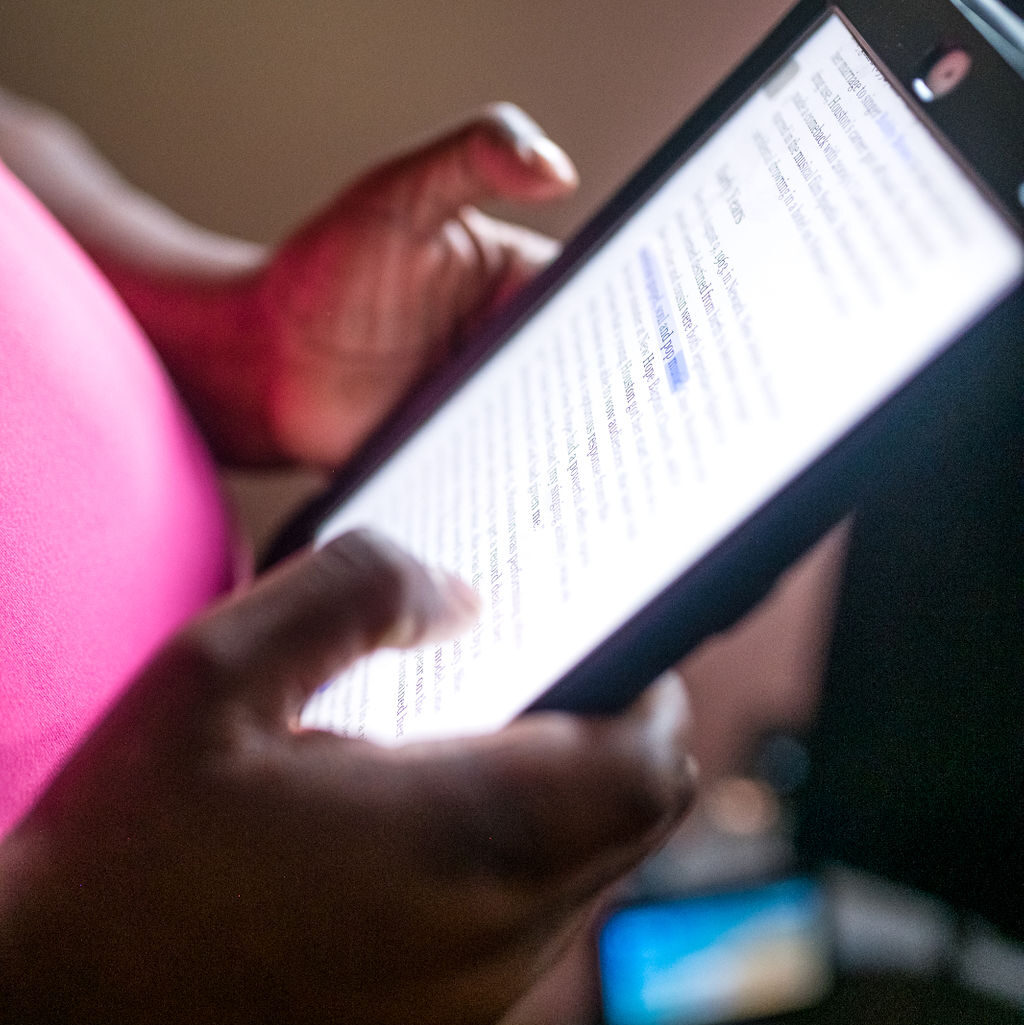
While a tablet on its own may not be considered “smart home technology,” it is certainly helping Tamara with her goals. Tamara’s tablet has an app called Speechify that she is using to learn to read. Speechify reads written text out loud from webpages, digital documents, as well as books, magazines, and other print documents. The app highlights the text it is reading as it goes, making it easy for Tamara to follow along.
